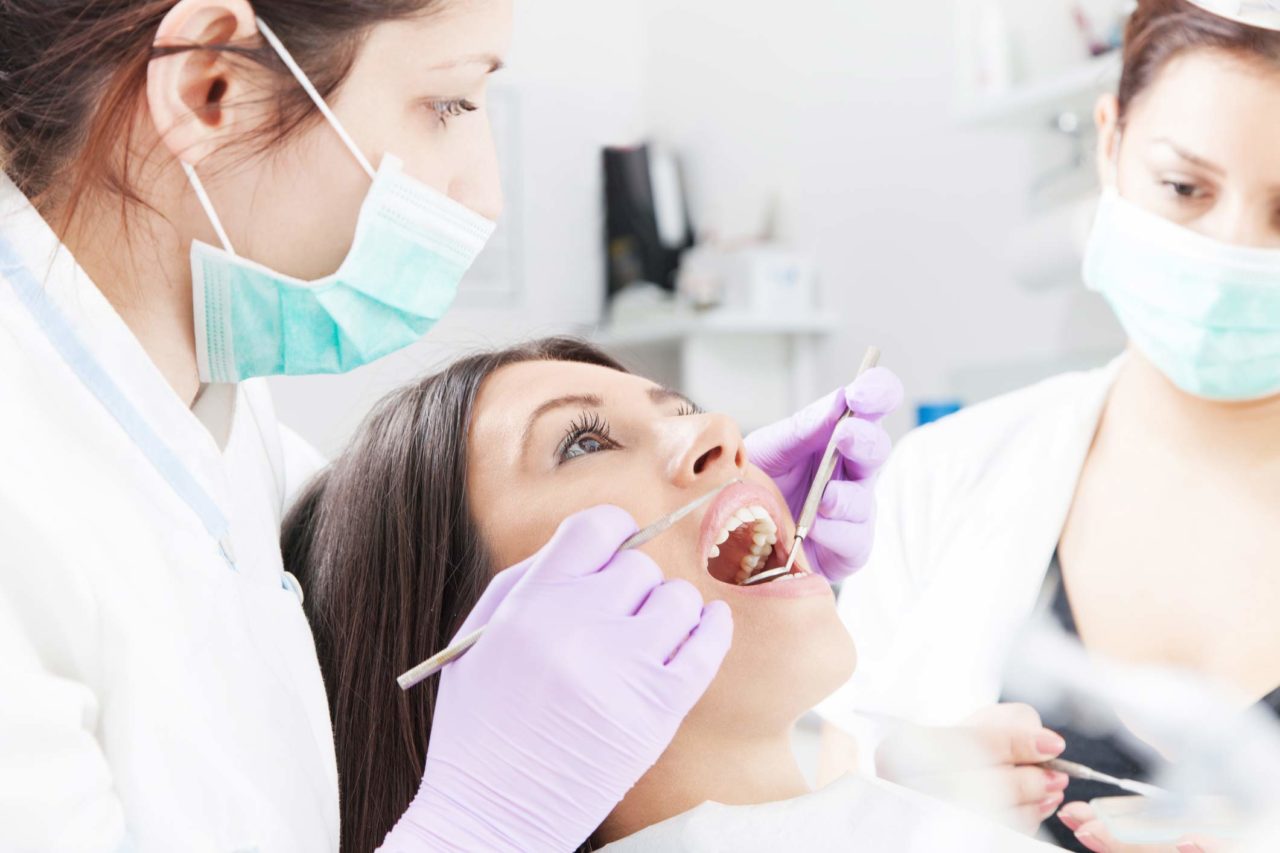The evolution of research with respect to periodontal disease has created a major change in preventive and periodontal care.
As such, the hygiene department must transform to an education center, requiring the hygienist to possess more than the technical skills required to perform deposit removal. They also need to have the ability to be critical thinkers and problem solvers with advanced communication skills.
These skills support the dental hygiene model of care which reflects a systems approach and conceptualizes dental hygiene practice as a problem-solving process which is comprised of four distinct, but interrelated phases, assessment (preceded by a screening phase), planning, implementation, and evaluation.
The acronym that makes it easy to remember the hygiene process of care is S.A.P.I.E.
The Screening (S) phase is performed using the PSR system (Periodontal Screening and Recording). PSR is convenient and easy to incorporate into the existing recare appointment for healthy adult patients (PSR is not deemed appropriate for patients who have shown signs of past history of disease).
Performing the PSR takes approximately 3-5 minutes and is no extra charge to the patient. The PSR technique addresses all sites in the oral cavity (it is not a spot probing) and it is not meant to measure the depth of pockets. It is crucial that the proper WHO probe is used; otherwise the screening is confused with the assessment. The screening probe has a black band from the 3.5-5.5mm range. The clinician “walks” the screening probe around 6 sites on each tooth in a sextant. Each sextant is assigned a code number between 0 and 4. The code is based upon whether the black band is completely visible, partially visible or completely invisible. The results of the PSR tell the clinician and patient two things.
1) Is the patient at risk for breakdown of the supporting structures of their teeth?
2) Does the patient require further data collection?
There has been great success in using this tool to reward healthy patients and by identifying when they have developed signs of risk. If the results of the PSR indicate two code 3’s or one code 4, the patient needs to move into the next phase of the process, which is the Assessment (A) phase or the Comprehensive Oral Examination (COE).
Stay tuned next week for the next phases of SAPIE
Interested Results Driven Hygiene Fundamentals? Register for our upcoming Workshop June 14 & 15

